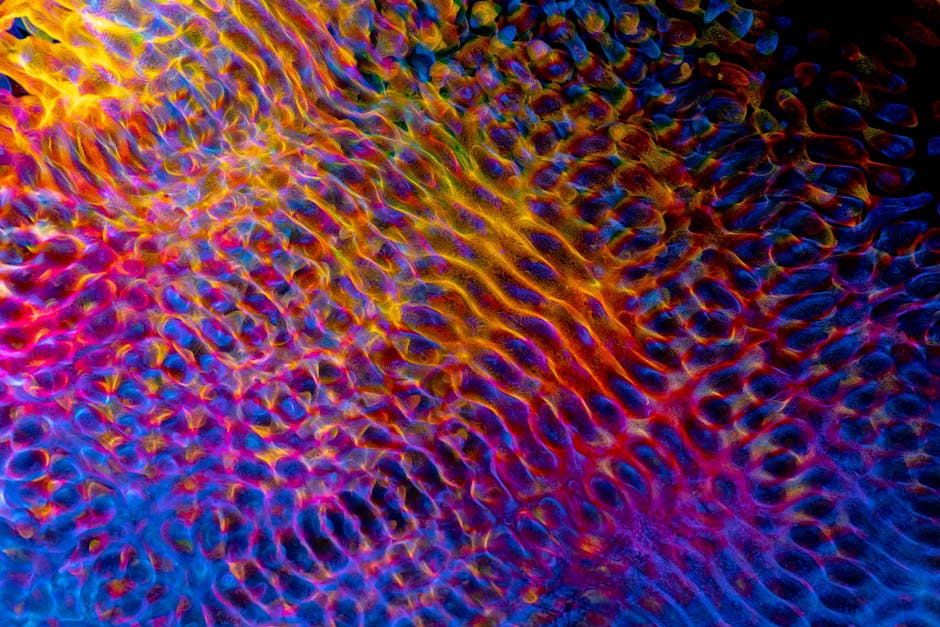Historical Context of Color Theory
In painting's history, colors have played a central role. Classicists approached their palettes methodically, layering each color to build depth. Earthy tones like umber and sienna formed the foundation. They understood how light interacted with layered hues, creating subtle contrasts.
Later artists like Monet shifted this approach. Colors became bolder and more expressive, breaking through the canvas. Impressionists painted life with vibrant hues, capturing emotion and energy. They preferred blending colors outdoors under natural light.
Albert Munsell brought scientific rigor to color theory, breaking down hues, value, and chroma. His system provided a way to quantify color, making it more practical for artists to use.
Scientific discoveries like Hering's opponent process theory challenged traditional views. Helmholtz and Maxwell revolutionized color understanding, showing that color perception is shaped by both materials and human perception.
As new pigments became available through industrial advancements, artists faced a choice between vibrant new palettes and familiar earth tones. This shift in color theory reflects how scientific thought can reshape artistic perspectives.
Techniques in Classical vs. Modern Painting
Classical painters employed indirect painting techniques, building layers gradually to create depth and subtlety. Their brushstrokes were precise, revealing tones slowly to the viewer. The interplay of glazes and layers created a nuanced effect, drawing the audience deeper into the artwork.
In contrast, modern painters embraced direct painting techniques. Their approach was more immediate and bold, with colors taking center stage. The canvas became a vibrant declaration, engaging viewers in a direct dialogue. Saturation was celebrated openly, creating a visually striking impact.
Impressionists like Renoir and Monet painted outdoors, capturing light with bright, immediate strokes. Their brushwork was spontaneous and energetic, reflecting the world's immediate brilliance. The absence of glaze layers allowed light to bounce directly off the surface, creating a lively visual effect.
These differing techniques affected how drama and perception were conveyed in art:
- A classical landscape might evoke a gentle, timeless feeling
- A modern cityscape could capture the energy of urban life with bold colors and strokes
Both approaches invite viewers into unique perceptions of the world. Classical techniques encourage contemplative reflection, while modern methods confront the canvas with immediacy and urgency.
Role of Color Saturation in Artistic Expression
Color saturation plays a crucial role in artistic expression, evolving from a subtle tool in classical art to a dominant force in modern works. In classical art, saturation was used sparingly, adding depth and emotion without overwhelming the senses. Artists like Rembrandt used it to create harmony with the overall mood, employing chiaroscuro techniques to balance light and shadow.
Modern art transformed saturation into a central element. Artists like Rothko used saturated color fields to evoke strong emotional responses. This shift marked a change from narrative-driven art to more immediate emotional expression. Modern artists use saturation to challenge perceptions and celebrate life's vibrancy.
The evolution of saturation's role reflects changes in both artistic and human expression. It connects the crafted storytelling of classical art with the fluid expression of contemporary creativity. In both eras, saturation remains integral to conveying emotion and capturing life's essence, speaking to viewers without words.

Impact of Technological Advances on Color Use
Technological advancements have dramatically expanded the color spectrum available to artists. Classical artists worked with limited palettes derived from natural sources, yet masters like Vermeer and Titian created emotionally rich works within these constraints.
The industrial revolution introduced new pigments, expanding artistic possibilities. Bright cadmiums and cobalt blues emerged, allowing for more vibrant and diverse color use. This expansion enabled artists to explore new realms of expression.
In the digital age, color use has been revolutionized. Digital tools offer an infinite palette, adjustable with precision. This has not only expanded creative horizons but also democratized art creation, making advanced color techniques accessible to a wider range of artists.
These technological changes have transformed how artists approach color, blending traditional techniques with modern innovations. Whether working with physical pigments or digital tools, artists continue to push boundaries, creating works that connect us to both our past and future.
Artistic expression through color continues to evolve, reflecting both human emotion and technological progress. The ongoing dialogue between tradition and innovation showcases our creativity and connection to artistic heritage.
- Briggs D. The Dimensions of Colour. Huevaluechroma.com. 2007.
- Itten J. The Art of Color. New York: Van Nostrand Reinhold; 1961.
- Munsell AH. A Color Notation. Boston: G. H. Ellis Co.; 1905.
























